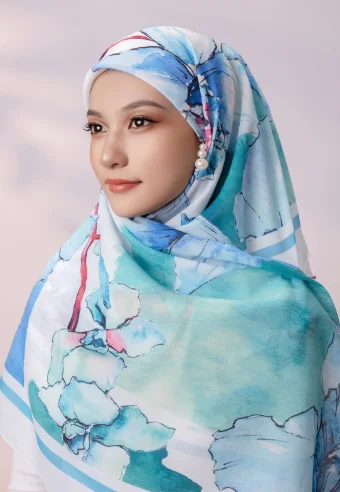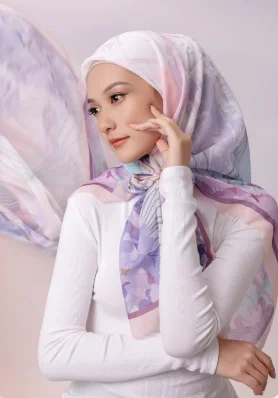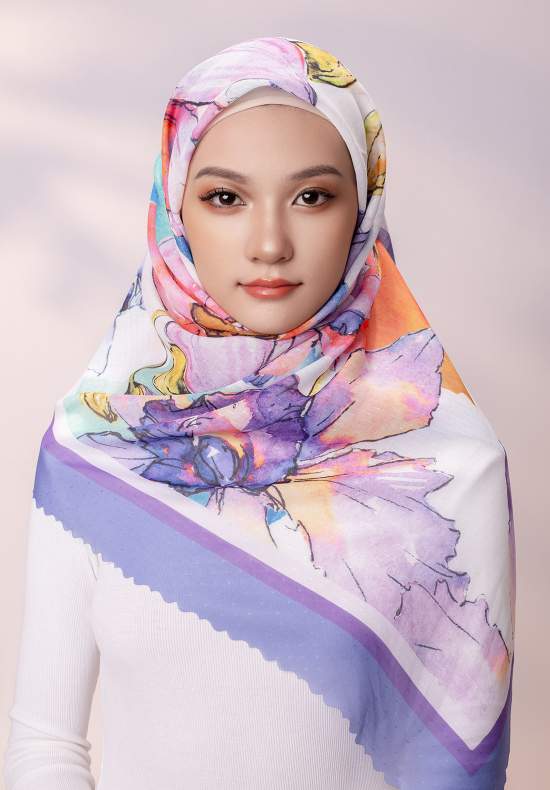Fabric Post-Processing and Finishing Technologies
Fabric Post-Processing and Finishing Technologies: Key Steps and Their Effects
Fabric post-processing and finishing play a crucial role in enhancing the quality, functionality, and appearance of textiles. These steps not only refine the texture and durability of the fabric but also prepare it for specific applications. Below is an overview of key finishing processes and their effects on fabric properties, including color, texture, and performance.
1. Singeing
Singeing is the process of burning off the fluff or loose fibers on the surface of the cloth, resulting in a smoother and cleaner fabric surface. This step enhances the appearance and touch of the fabric without significantly altering its color.
Key Benefits:
- Improves the fabric's smoothness.
- Prepares the cloth for further processing.
2. Desizing
Desizing involves removing the sizing agents applied during weaving. Enzymes and high-temperature water washing are used to break down and wash away these agents.
Key Considerations:
- Has minimal impact on the fabric’s color.
- Special care is required to avoid color changes in white cloth caused by whitening agents during high-temperature desizing.
3. Mercerizing
Mercerizing is a chemical treatment that uses concentrated alkali to improve the luster, strength, and dye affinity of cotton fibers.
Effects on Fabric:
- Enhances the fabric’s sheen and durability.
- Causes the fabric color to darken slightly; the darker effect increases with higher concentrations of the alkali solution.
4. Washing
After mercerizing, especially for fabrics containing BLUE R dyes, washing is necessary to ensure color fastness. The action of alkali during mercerizing can affect the washing fastness of dyes.
Outcome:
- Washing reduces the risk of dye instability.
- Fabrics containing BLUE R dyes may appear lighter and less blue after washing.
5. Softening and Setting
This process involves applying softeners to the fabric and heat-setting it to achieve a desired feel and stability.
Notable Effects:
- Some softeners form a thin film on the fabric surface, leading to a slight darkening of the color.
- At high temperatures, disperse dyes with poor sublimation fastness may migrate, potentially affecting color and fastness.
6. Color Adjustment
For fabrics with significant color deviations, jigger dyeing is used to fine-tune the shade.
Applications:
- Ideal for pure or near-solid color fabrics.
- Helps achieve precise color matching to meet client standards.
7. Shrinking
Pre-shrinking mechanically reduces the fabric’s dimensions to meet specific customer requirements.
Characteristics:
- Ensures the fabric retains its size during subsequent use.
- Minimal effect on the fabric’s color.
Why Fabric Finishing Matters
Fabric finishing processes are essential for achieving desired fabric properties, such as:
- Enhanced visual appeal and tactile quality.
- Improved functionality, including strength, durability, and wash fastness.
- Greater precision in color and texture, meeting diverse customer needs.
By understanding these finishing techniques, manufacturers can deliver high-quality textiles that balance functionality with aesthetic appeal. Whether you’re producing garments, scarves, or home textiles, mastering these processes ensures superior results.




